Finding Ancestors in the Confederate Navy
Today’s blog will discuss the history of the Confederate Navy and provide resources to identify and learn more about your Confederate Navy ancestors and their service. As the southern states seceded from the Union, they made efforts to provide for a navy, and conferred rank upon its officers. A few revenue cutters and merchant steamers were seized and converted into men-of-war. Thus, at the beginning, each state had its own navy. The Confederate States Navy was established by an act of the Confederate States Congress on February 21, 1861. The navy department was organized with Stephen R. Mallory, secretary of the navy: Commodore Samuel Barron, chief of the bureau of orders and detail; Commander George Minor, chief of ordnance and hydrography; Paymaster John DeBree, chief of provisions and clothing; Surgeon W. A. W. Spotswood, bureau of medicine and surgery; Edward M. Tidball, chief clerk. The Confederate government conferred commissions and...



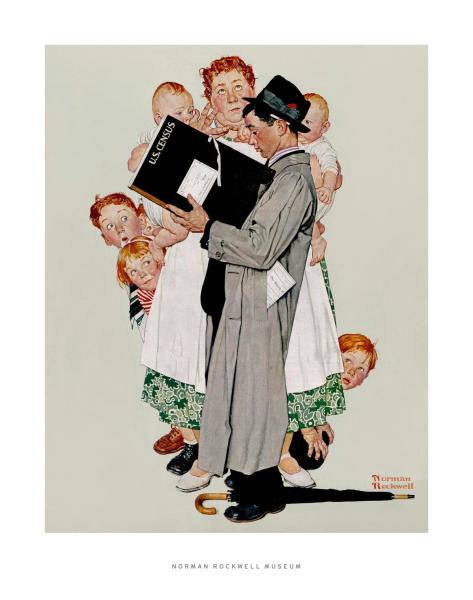


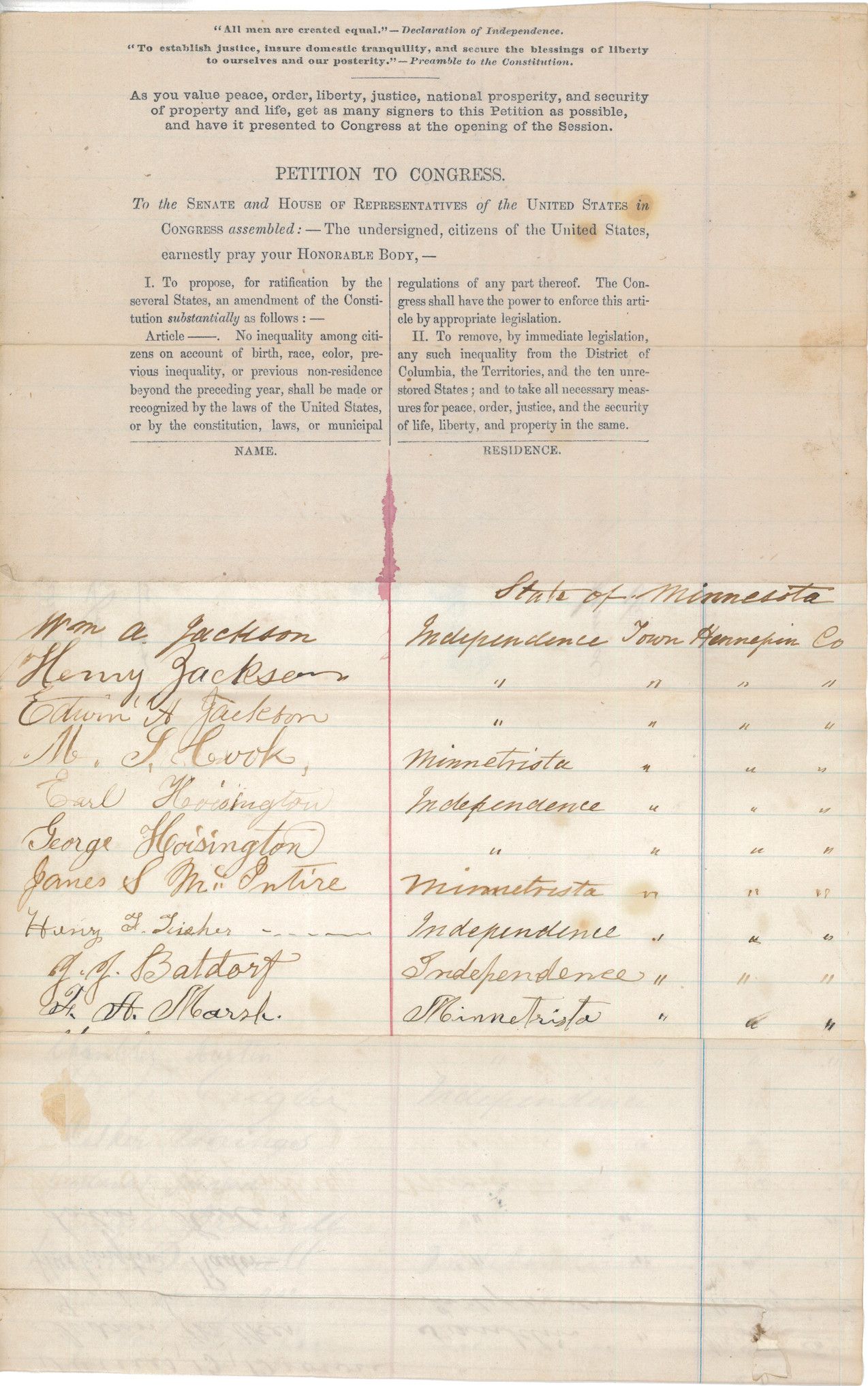


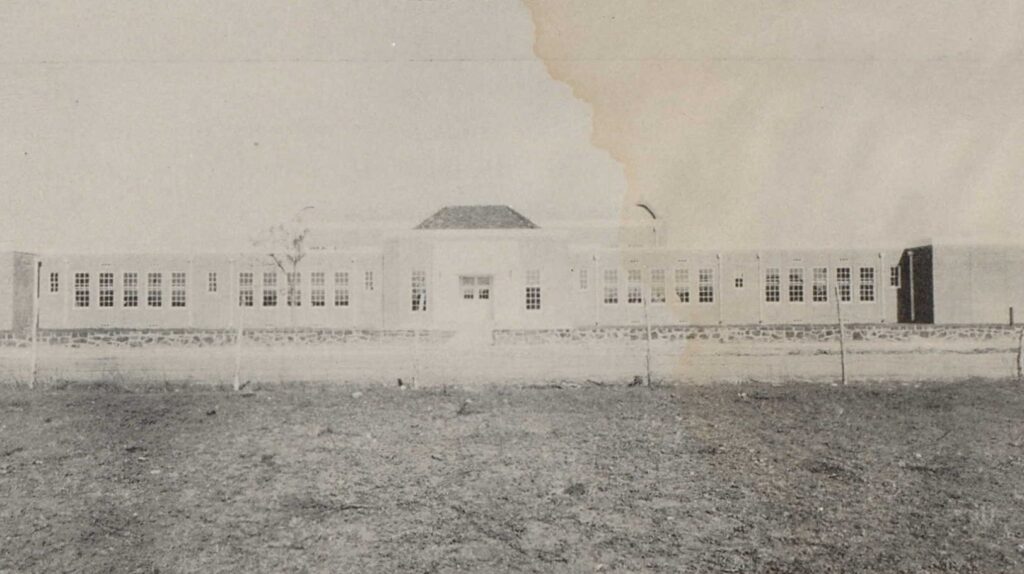
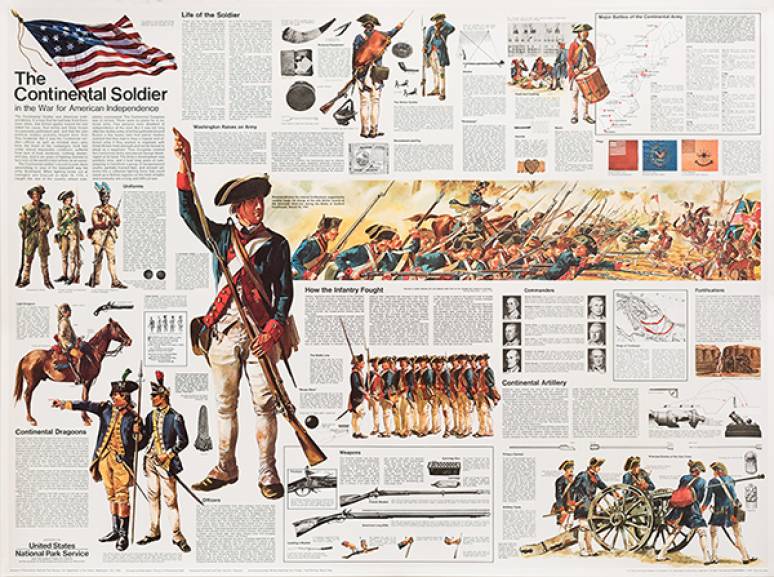
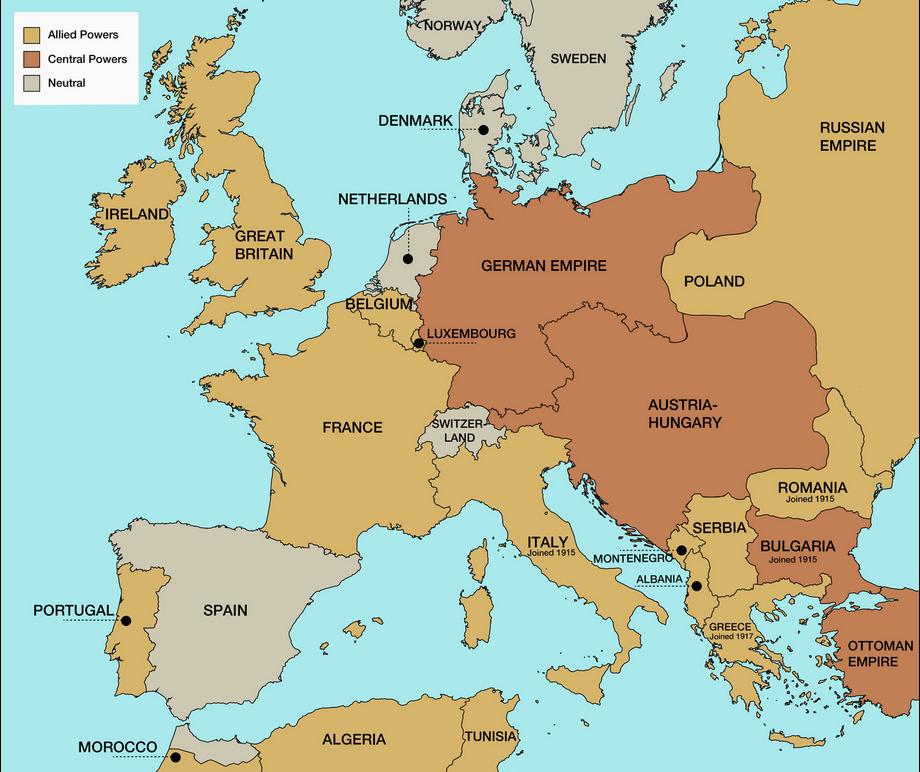
Recent Comments